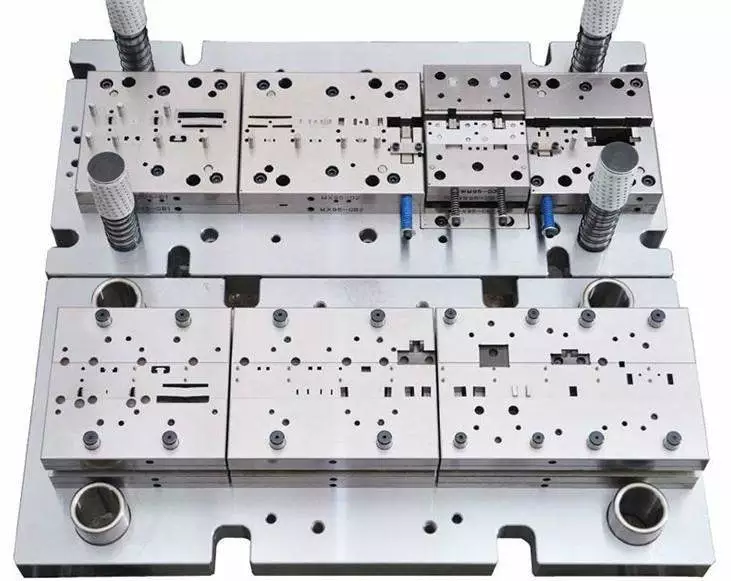Materials Used for Stamping Mould
The materials used for stamping mould are required that should sustain impact, vibration, friction, high pressure, crankle or other loads. The materials may even operate under higher temperature such as impact extrusion. The working conditions are complicated. Abrasion, fatigue, fracture or deformation will occur easily. Therefore, the requirements for materials used for stamping mould are higher than that for common components. For different working conditions, the requirements for materials are also discrepant.
1. For sheet blanking mould, the materials should have high wearing resistance and hardness while for thick plate blanking mould, the materials also should have high fracture resistance, flexure strength and toughness in case of mould breaking or tipping, besides high wearing resistance and tensile yield strength.
2. For drawing die, the materials should have good adhesion resistance (anti-seizure) property, high wearing resistance and hardness, obdurability and good machining. And should have less deformation during heat treating.
3. In terms of cold extruding die, the materials should have high strength, hardness and good abrasion resistance in case of breaking. The materials also should have toughness. What’s more, temperature will rise during extrusion. So, the materials should also have thermal fatigue and red hardness.
Materials used for stamping mould include steel, cemented carbide, bonded carbide, zinc base alloy, low melting alloy, albronze, and high polymer materials.

